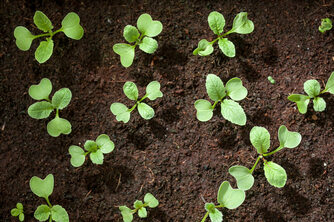
Perry says that farming on average sequesters one percent of carbon, as opposed to untouched land, which captures between three and seven percent of carbon. But regenerative agriculture can bring farmers closer to the three to seven percent, says Perry.
The Terraton Initiative tries to bring together farmers, scientific researchers, businesses, investors, and nonprofits to achieve higher profitability, the most sustainable practices, and better consumer health.
To put together useful data, the Terraton Initiative analyzes tens of thousands of farms to correct data on carbon sequestration. It will release the data it finds to researchers and the general public in order to enable innovation.

 RSS Feed
RSS Feed
